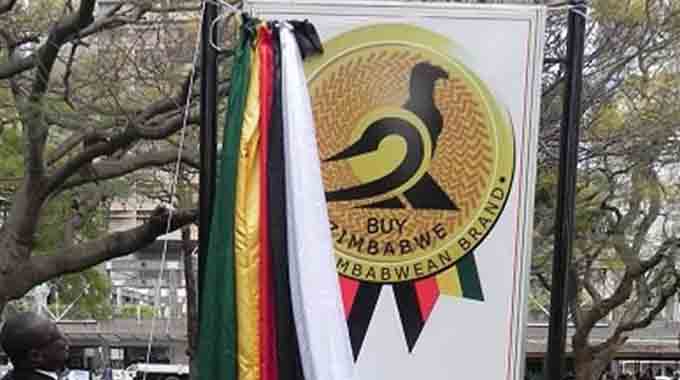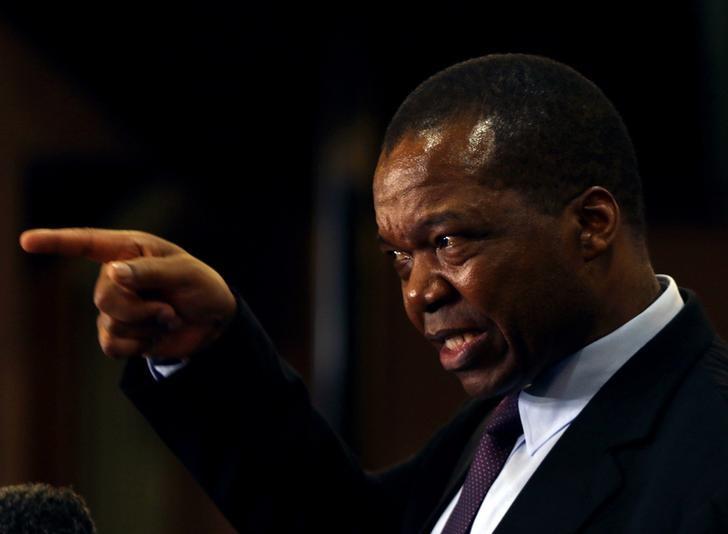No basis for exchange rate volatility: RBZ
There is no basis for exchange rate volatility in Zimbabwe, particularly on the open market where the domestic unit keeps losing ground against the greenback, the central bank said this week citing strong economic fundamentals.
The apex bank also said the nearly US$200 million backlog on the forex auction market, partly blamed for fuelling the parallel market rate volatility, had stemmed from doubledipping of certain firms that funded their surrogate companies.
Reserve Bank of Zimbabwe (RBZ) governor Dr John Mangudya, said in an interview key fundamentals of Zimbabwe’s economy were too strong to warrant the kind of disparity between the official and black-market rates.
For instance, statistics show that Zimbabwe’s exports between January and June this year grew by 35 percent compared to the same period last year, although the trade deficit slightly increased to US$499 million from US$432 million.
The governor’s sentiments come against the backdrop where the Zimbabwe dollar, largely stable on the auction, keeps losing ground against the greenback, in what captains of industry believe is distortionary to pricing.
The Zimbabwe dollar has slid from $2,5/US$1 when the RBZ first floated the domestic currency on de-dollarisation in 2019, which failed to yield desired results, before the country relapsed into a multicurrency system.
Without a structured forex trading system, while using a fixed-rate regime, after a failed experimental interbank market, the local unit depreciated until Zimbabwe’s central bank introduced a Dutch auction system.
The system seemed to work the magic after periods of prolonged relative price stability, but re-emergency of widening rates disparity appears to be undoing the good progress made since the auction system was introduced.
Resultantly, prices have been increasing steadily this year although at a decreasing rate compared to 2020, amid concern that the pass-through effects of the open market rate volatility was behind the renewed upsurge seen in the market for much of this year.
Dr Mangudya acknowledged the gradual price increases, which he admitted were also partially supported by moderately increased liquidity, including from the $34 billion paid to farmers for grain deliveries.
“We want both the parallel and the official exchange rates to be stable. Why? We expect both to be stable because the fundamentals and economic dynamics are so strong in the country,” Dr Mangudya said.
The official exchange rate has stabilised around $87,66/US$1 since the auction system was introduced last year, resulting in rapid decline of inflation, which went down to 51,5 (annualised) in September this year, after climbing to a post dollarisation high of 837,5 percent in July 2020.
“When we say the economic fundamentals or dynamics, we mean the foreign exchange receipts the country has been earning over the past nine months. We are in a surplus current account position and that surplus . . . is reflected in the banks; the US$1,7 billion deposits in the banks.
“We have also received SDRs (International Monetary Fund Special Drawing Rights), which are now in the nostro account of the Reserve Bank (US$961 million equivalent). Also, we have diaspora remittances coming into the country,” he said.
It was against this background that the central governor said that the monetary authorities expected both the auction market and parallel market exchange rates to remain largely stable.
Economist Eddie Cross said the market was talking loud and clear.
“The real problem is that we do not have a market for foreign exchange; a real market for foreign exchange, where supply and demand is cleared every day.
“Until we get that, and (the reserve bank) is not allowing that, I am afraid this volatility is going to continue. (Can we sustain a proper forex market?) Of course yes, I think if there was a proper market our dollar would appreciate,” he said.
The RBZ recently indicated in an update that the auction system, which the bank introduced in June last year, had disbursed cumulatively US$1,7 billion to large and small enterprises alike for key imports.
“So, this instability of the (parallel market) exchange rate, . . . needs to be further interrogated; to say why is it that it continues to move like that when all things being equal, we expect it to be stable?
“We are not saying there should not be a parallel market; because there is no country without a parallel market; but it’s the degree of the disparity between the official and parallel market rates,” Dr Mangudya said.
He said there should be an underlying reason to explain the gap between the two exchange rates.
Dr Mangudya said it was puzzling that the open market rate kept moving yet the very entities that determine the rate on the auction were the same that were driving the parallel market rate.
“They come to the auction with their bid rates; you saw that this week, for example, the highest was $97/US$1 and the lowest was $85/US$1; it is not Mangudya or the Reserve Bank, which brings those numbers here.
Dr Mangudya said the consistency seen in the spreads of bids submitted at the auction by importers on the auction should, similarly, be the one seen characterising trends on the open market exchange rate.
The fundamentals were right, the RBZ chief said, while growth of the economy was assured on the back of good rains and bumper harvest this year and the construction boom taking place across the country.
The governor said authorities were confident the economy would expand by 7,8 percent to 8 percent, on the back of the massive construction across the country, including public infrastructure projects, which he said had a multiplier effect that would result in new jobs, more value and good ambiance.-eBusiness Weekly









